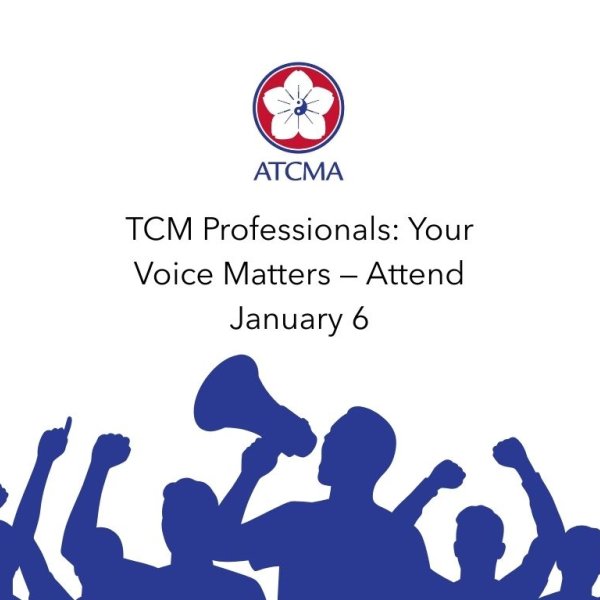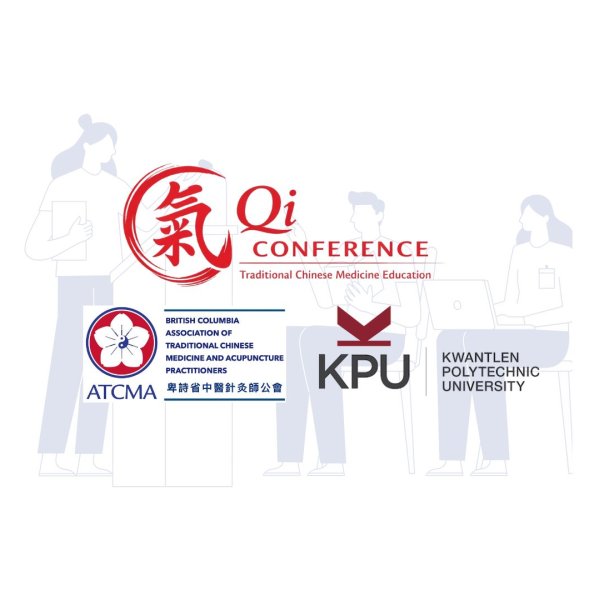Headaches are such a common affliction in our fast-paced and busy society that they have made their way into a cliché phrase describing something frustrating, painful, or hassle-filled: “What a headache!” … Which is quite an accurate reference.
Headache Relief with Acupuncture
By Kelly Hamilton (TCM student)
Headaches are such a common affliction in our fast-paced and busy society that they have made their way into a cliché phrase describing something frustrating, painful, or hassle-filled: “What a headache!” … Which is quite an accurate reference.
The western approach to pain management for headaches is expanding rapidly and most commonly includes various pharmaceutical prescription medications (Robbins, 2021) and therapies like Botox injections (Sashank, n.d.) – the results of these therapies vary greatly from person to person and largely depend on the reason for the headache in the first place, which is not always obvious from an allopathic paradigm that tends to put focus on isolated areas of the body.
Research into more alternative therapies for headache treatment and management is also expanding, and acupuncture is gaining ground in the west as an effective treatment for this all-too-common affliction (Laube, Salles & Taw, 2020).
Before we dive in… Let’s first go over what causes a headache from a Western Medicine perspective.
There are many factors that can play a role in headache etiology (causation) from a western/conventional medicine perspective.
Headaches are classified as either “primary,” meaning that they are the main syndrome in need of treatment, or “secondary,” meaning that they are a byproduct of another syndrome underlying that happens to be causing a headache. Primary headaches can be further classified into types that include: migraines, cluster headaches, and tension headaches. Secondary headaches can be caused by a multitude of other things that may be going on including ear infections, concussions, allergies, hormonal fluctuations/imbalances, or even more serious conditions such as those neurological in nature (Mayo Clinic, 2020).
It is becoming more recognized in western thinking that lifestyle factors can play a role in causing and worsening headache symptoms. A few of the most well-known factors are stress, sleep disturbances, food intolerances, and poor posture/ergonomics (Mayo Clinic, 2020). It may therefore be recommended that these factors be adjusted to avoid over-prescription of medications, which can cause more headaches in the long run (Robbins, 2021).
While some find relief from the treatments that advances in medicine can provide, the complex, nuanced, and subjective nature of headaches perhaps is why acupuncture does such a great job in treating this ailment in many who look to it for support/relief. In fact, there is research comparing headache management with acupuncture to that of pharmaceutical medications, and results suggest acupuncture may outperform medication in reducing both headache intensity and frequency of reoccurrence (Sun & Gan, 2008).
So, what causes headaches from a Traditional Chinese Medicine perspective?
To get to the bottom of what might be causing your headache(s), your acupuncturistl working from a Traditional Chinese Medicine (TCM) framework will be interested in asking a variety of questions.
To get a diagnosis, you will likely be asked questions along the lines of:
- Where is your headache?
- Does it come and go?
- How often do you experience it? When did it begin?
- What does it feel like? Pulsing, dull, or sharp?
(These questions are likely what you’d expect your MD to ask you.)
You will also likely be asked by your acupuncturist:
- How is your sleep? Your bowel movements? Your stress levels? Your digestion? If you are in a female body – how is your menstruation?
Seem irrelevant? It’s not! All this information will be important for mapping what is called a “pattern” in TCM, that can help direct the treatment. Patterns are holistic and often involve the entire body, so while some questions your acupuncturist asks you might feel unrelated to your headache symptoms, from a holistic lens seemingly opposite areas of our body are intimately interlinked (Jingyi & Xuemei, 1993, pp. 77-81).
How can acupuncture help with headaches?
It would be very difficult to provide a succinct explanation of all TCM patterns that could be causing headaches as there are so many. Here we will cover just a couple of common headache culprits, but this is by no means a comprehensive explanation.
In TCM, climactic factors such as “cold,” “heat,” and “wind” can invade the body and obstruct the flow of qi and blood, and many common patterns that are associated with headaches are the result of these invasions.
For instance, the common cold or flu can both cause headaches, so if your headache started after coming down with something like a flu or cold, once your practitioner gathers enough information, they will be able to determine whether you have a wind-cold or a wind-heat invasion. Using acupuncture at specific points, the practitioner can help to “unblock” meridians where qi and blood may not be moving freely and expel the “wind-heat” or “wind-cold” to relieve the headache symptoms (Jingyi & Xuemei, 1993, pp. 77-81).
Another frequently seen pattern in our modern world that is associated with more chronic headaches is qi deficiency. This pattern can often be the result of overworking, over worrying, not sleeping enough, or lack of nourishment from food. If it is determined that your headache symptoms are a result of qi deficiency, your acupuncturist can use needle techniques to help nourish your qi, and perhaps enhance your body’s ability to absorb qi from food and protect your qi with adequate recovery (Jingyi & Xuemei, 1993, pp. 77-81).
As mentioned, there are many “patterns” or reasons a person could be experiencing headaches, and this article has just briefly covered a couple of them, so if neither of these resonate with you, there is likely to be a pattern you fit into better that you can explore with your acupuncturist. Whether your headaches are more acute (just started), or chronic (have been reoccurring for some time now), it is very likely that acupuncture can help!
References
Laube, J. G., Salles Araujo, T., & Taw, L. B. (2020). Integrative east-west medicine intervention for chronic daily headache: A case report and care perspective. Global advances in health and medicine, 9. https://doi.org/10.1177/2164956120905817
Mayo Clinic (2020). Headache. Mayo Clinic: Symptoms. Retrieved May 17, 2020. https://www.mayoclinic.org/symptoms/headache/basics/definition/sym-20050800
Robbins M. S. (2021). Diagnosis and management of headache: A review. JAMA, 325(18), 1874–1885. https://doi.org/10.1001/jama.2021.1640
Sashank, R., M.D. (n.d.). Botulinum Toxin Injectables for Migraines. Health. https://www.hopkinsmedicine.org/health/treatment-tests-and-therapies/botulinum-toxin-injectables-for-migraines
Sun, Y., Tong, J. (2008). Acupuncture for the managment of chronic headache: A systematic review. Anesthesia & Analgesia, 107(6), 2038-2047. https://doi.org/10.1213/ane.0b013e318187c76a
Jingyi, Z., & Xuemei, L. (1993). Acupuncture Patterns & Practice (pp. 57-82). Eastland Press.
Disclaimer:
The views, opinions, and content expressed in this article are those of the original author. We share this content for informational purposes only and do not guarantee its accuracy, completeness, or reliability. Any action you take based on the information provided in this article is at your own risk. For any concerns regarding the content, please refer to the original author or source.



Login to comment
Comments are only available to registered users. Not registered yet? Create a free account now.